Branches of willows are a valuable spring addition to your home. You can use them for decoration and several other purposes, but before you decorate your house with these beautiful branches, you must learn how to preserve willow branches to use later in time. It happens, one can preserve them for months or even for years.
As per rough estimation, willow branches can be preserved for 3 years. Pussy willows are deciduous plants that flourish in wetlands. However, you can quickly grow them in your backyard in the right atmospheric conditions. The first step in learning about preserving willow branches is to grow healthy pussy willow plants.
You can see catkins on the pussy willow trees in spring which later turn into beautiful oval-shaped leaves. In optimal conditions, this plant can grow as tall as 25 feet. Pruning is an essential part of growing healthy pussy willow trees as it helps keep the tree in shape.
Table of Contents
- Grow well the willow branches, then cut and preserve
- Actions leading to preserving willow branches:
- Methods to Preserve Willow Branches:
- Uses of Willow branches after preservation
- Preserving pussy willows for decorative purposes
- Preserving willow branches for arts and crafts
- Conclusion
- FREQUENTLY ASKED QUESTIONS:
- Can we preserve willow branches for a long time?
- How long will cut willow branches last?
- What do you do with fresh willow branches?
- What are the uses of willow branches?
- How do you dry willow branches?
- What are pussy willows?
- For how many years willow branches can be preserved?
- How to grow pussy willows easily?
- How do you take care of your willow branches?
- How can you briefly preserve willow branches?
Grow well the willow branches, then cut and preserve
We have discussed in detail the preservation of the willow branches; but prior to that, it is also crucial to give the branches life so that once those are cut and taken into a bundle for future purposes might have the strength to continue with that.
Likewise, for any other plant, the will trees and branches also require appropriate weather conditions to blossom and benefit humans after splitting from the tree.
Another important plant is catnip which is very useful for human and used to make a catnip tea. To know more about the plant of catnip, its characteristics and the uses you can read the article How to Make Catnip Tea
However following are the conditions, which are needed for the full-life branches so those can afford to extend some benefit to the humans after departing from the stem of the tree: -
Sunlight with some shade life
Willow trees and shrubs grow well in proper sunlight. It is necessary for their optimal growth. While on the other hand, some shade is also required so that it can establish roots very well.
Moist soil
Willows love moist soil. Although they can grow in all types of soils. However, their growth is enhanced in hydrated soil. They are usually seen on the banks of lakes and rivers or in any well-hydrated place. Therefore this type of soil be made available to the branches to grow with full potential.
Hydration
If you want to grow them faster, keep them hydrated all the time. Because willows require plenty of water for their fast growth. They usually require more water during the first year of their growth. Willow trees can help you to cope with floods if they are planted on the banks of rivers.
Fertilizers
Nutrients are essential for the survival of any plant. Weather conditions and the conduct of humans play a vital role, which brings some deficiency to the growth pattern and life of the willow trees/ branches; thus willow trees require more nutrients. So the use of fertilizers promotes their growth faster than the others now made subject to fertilizers.
In the start, simple leaf mold can be used as a source of nutrients. Once it is established, fertilizers such as NPK 20 can be used. But one should avoid excessive use of fertilizers. One thing to keep in mind is that the fertilizers should not touch the trunks of willow trees.
Actions leading to preserving willow branches:
Preserving willow branches seems like a time-consuming task. However, if the proper guidelines are followed to preserve them; this will be worth it. Willow branches can be easily preserved at home. But, one should consider the following steps as pre-requisites to preserve them later: -
Cutting willow branches at the right time
Willow branches should be harvested at the right time to decrease the chances of any mishaps. The ideal time for cutting them is the winter season or early spring. For cutting of the willow branches, it is always advisable to use gloves to avoid an injury.
Selection of branches

Make sure to select the branches with more buds. Pick only those branches which are free of any damage. Pests and diseases can be harmful, so be careful while selecting the willow branches, which can also cause damage to other branches.
Use of sharp tools
Always use sharp cutting tools like knives, pruning shears etc. But one should be very careful while using them. Remove any extra material from branches before cutting them.
Removing leaves
After cutting willow branches, remove leaves from them. These leaves can also be used for various decoration purposes. One should handle them with care while removing leaves.
Storing of willow branches
Once willow branches are harvested, they should be placed in a cool and dry area. Make sure the place should be free of impurities and water. People can preserve the branches for various useful purposes i.e. decorations, arts and crafts etc. In this way, the beauty of branches can be enjoyed for longer times.
Decreasing humidity
If someone wants to preserve willow branches in less time, dehumidification is the best method. Use a dehumidifier which will remove excessive moisture. It will speed up the drying process.
Avoid direct sunlight to preserve willow branches
Willow branches are very delicate and flexible structures. Exposing them to direct sunlight can cause them damage. They will lose their flexibility. Their colour becomes dull in direct sunlight. Hence it will destroy their beauty and freshness.
Methods to Preserve Willow Branches:
There are several methods to preserve the willow branches. Here is the step-by-step guide on every method. People can use any of the following methods according to their own choices.
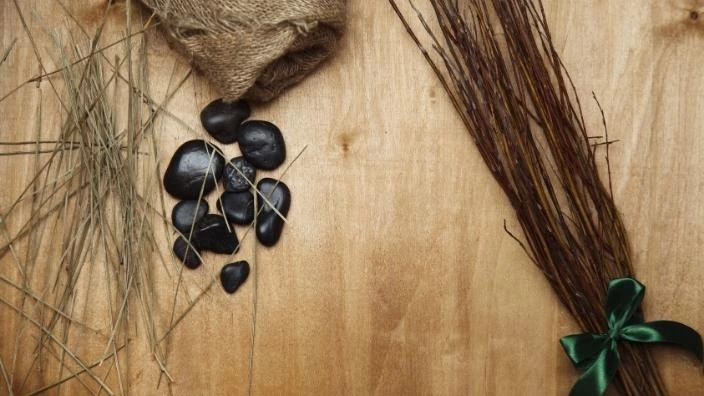
The most convenient and easy method is to preserve willow branches by drying them. The method can be exercised at home with ease. It does not require any material function to perform. It is free of cost and anyone can preserve branches by using this simple technique. Let’s see how it practically works: -
Selection of branches
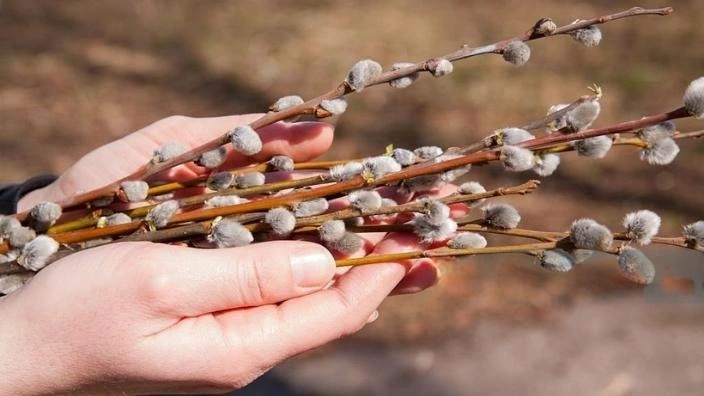
First of all, select the branches which are free from any damage. They should be free from any pests or diseases in order to preserve them for a long time.
Trimming and bundling of branches
Trimming of branches is the second step. After selection, inspect them for any extra leaves or other materials. Remove them and make them clean. Now make small bundles of these branches. 4-5 branches are enough in one bundle.
Hanging of bundles
Now hang the small bundles made from willow branches. Care should be taken while hanging them under the sunlight; however, they should not be exposed to water rather they be placed in a clean and dry area.
Drying period
It depends on which method is used to dry them. The process may take several weeks to completely dry willow branches. However, what one should do is to place them in a dry and safe location, and keep them inspecting regularly for any damage.
Storage
After drying, store the willow branches in a safe place so there will be no risk of any mishap. Remove the damaged branches immediately so that they cannot affect other willow branches.
Soaking in water
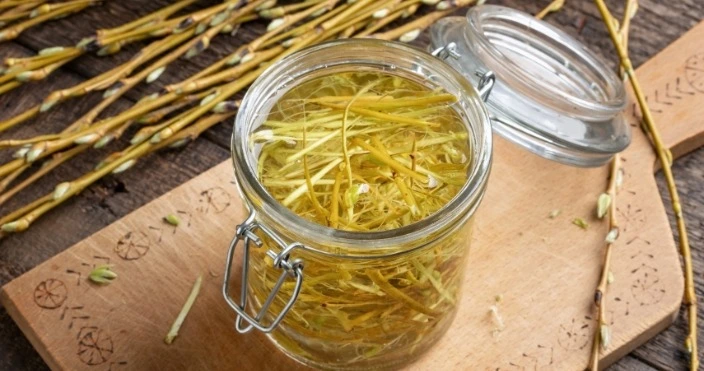
Another method of preserving willow branches is by soaking them in water. After harvesting, place them in water for some period of time, then keep them in the sunlight. Store willow branches when they become completely dry. It can be a lengthy process but this method helps to preserve willow branches for a long period.
Preserving of pussy willows by Glycerin
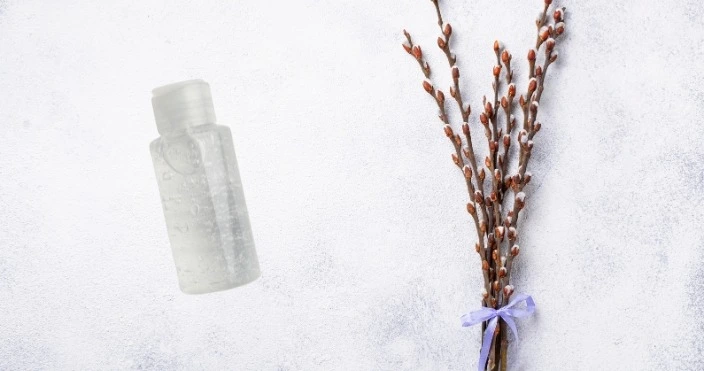
Glycerin can also be used for the preservation of the willow branches. For this method, the following materials may be required:
- Glycerin
- Water
- Latex paint
- Food colour
Make a solution by mixing all the above-mentioned materials. After preparing the solution, apply it to willow branches. This helps to preserve willow branches because it makes a protective layer on them. It offers resistance to any damage. This method is somehow customized but quite easy to use and can be performed even at home.
Preservation of willows with the use of Resin
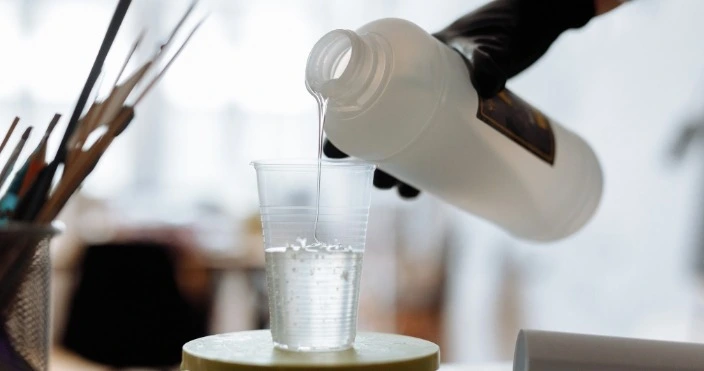
Resin can also help to preserve willow branches. Resin gives a perfect and shiny look to willow branches. It forms a protective layer around branches. In this way, willow branches can be stored for a long time. To perform this method, the following ingredients are needed: 1.Silica gel 2.Resin 3.Water 4.Silicon mould Mix all of them in equal quantities, then add water. The solution is ready to be applied on willow branches. Soak the willow branches in this solution and remove them. Allow to dry overnight leading them to be stored for some longer time.
Usage of preservative sprays
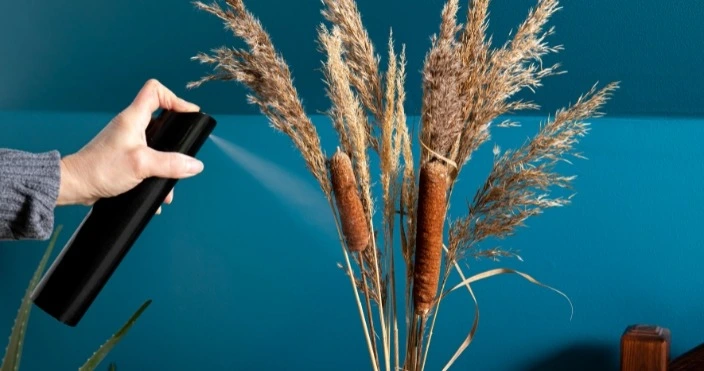
The advanced method of preserving willow branches is by using preservative sprays. These sprays contain chemicals that help the willow branches to remain fresh and damage-free. The most commonly used preservative sprays are 1. Polyurethane Varnish 2. Linseed oil 3. Turpentine oil.
The mixture of linseed and turpentine This method is very simple. Add any preservative spray into a bottle. Apply in the willow branches properly. Allow them to dry overnight. After drying, one can store and preserve willow branches for years.
Uses of Willow branches after preservation
There are numerous uses for the willow branches; therefore, finding a new and different way to preserve them is always essential. As the branches vary in length and with flexible nature, they are commonly used to make fences.
Pussy willow branches contain a compound called salicin, which has anti-inflammatory and pain-relieving properties. It can be used to make decorative items such as baskets, sculptures, wreaths, etc. You can use protective coating and waterproof sprays to make them last longer.
Preserving pussy willows for decorative purposes

Dried branches of pussy willows are perfect as a decorative item in your home. You can put them in a vase on the table or hang them on your door. For this purpose, they need to stay dry. If they start to develop roots or become mould, it will ruin the aesthetic of your house.
Preserving willow branches for arts and crafts

We have established that willow branches can be used in several ways for decorative purposes, but can we preserve willow branches and make use of them to build objects? It can be used to make tables, baskets, ornaments, etc. Pussy willow plant is very resourceful. Its branches, stems, leaves, and flowers can be used for different purposes.
You just need to know how to properly preserve it so you can make use of the plant. It can be used to make dream catchers, wreaths, doll houses, or toy furniture items. The branches of the tree are very flexible, which makes it easy to bend in different shapes to make the desired object.
Consider using garden scissors or pruners to sever branches from the tree. Must know that the youngest branches are very flexible. For crafting, select a tree with well-developed leaves because its branches are perfect for crafting purposes.
For projects requiring you to bend the branches in a circular shape, you can bundle them together in one place and tie them with a string, and hang the branches in a cool, and dry area. Hanging the collected bundles will ensure that they are completely dried off.
The drying process may take several weeks; yet it cannot be said with absolute certainty because the drying process largely depends on when you have harvested, the quantity of sap in the wood, and the humidity level of the area.
Conclusion
Willow branches can be made very useful if they are preserved with the available methods. In case those are preserved to be used later for any purposes; they can shadow beauty for some longer period of time. It all depends on how one has chosen to preserve them for future purposes. All the methods/ techniques applied to preserve the willow branches start even much before the time of harvesting and cutting.
Keeping them proper during the time of plantation plays a pivotal role in their subsequent preservation. The willow branches can be conserved by simple methods and techniques. In this article, a comprehensive guide has been provided with a detailed description of the methods likely to be chosen and applied for preservation purposes.
They can be stored for years to come. One can use them for a variety of purposes i.e. making crafts, baskets, floral bouquets, wreaths, making of fences, barriers and decoration pieces. Besides, those also have some medicinal uses and benefits for the rehabilitation of lives.
A compound can be extracted from these branches which has anti-inflammatory properties. Care must be taken while handling the willow branches, leaves and flowers. They are very delicate and can easily be damaged.
They can add more beauty to the home. One can enjoy the natural look and freshness of willows for a long time by preserving them properly. Hopefully, this article provided all the information about the question of how to preserve willow branches, the methods, precautionary measures and the uses of the preserved willow branches.
FREQUENTLY ASKED QUESTIONS:
Can we preserve willow branches for a long time?
Willow branches can be stored and preserved for weeks, months or years. The most commonly used methods are drying and soaking in water. These methods are simple to apply at home and don't require any extra material. The process might take time.
How long will cut willow branches last?
Just after cutting willow branches, those happen to be green, fresh and flexible and have such posture for the next 6 weeks. With the passing of each day, they start getting semi-dry with less moisture.
What do you do with fresh willow branches?
After cutting willow branches; they are set in a bundle and then put in a vase of water for a few weeks in order to let them form the roots.
What are the uses of willow branches?
People can make use of willow branches in multiple ways like for making beautiful art and decoration items at home. They are widely utilized in the art industry. At least, one can keep the willow branches in a vase and use them as decoration pieces. People also make use of branches to weave baskets. They can also be used to make fences. Leaves of willows are also used for some other decoration purposes.
How do you dry willow branches?
We can place the branches in a vase with such a gap that air could circulate around the buds to let them dry quickly. Likewise, one can also tie them and hang them in a well-ventilated area.
What are pussy willows?
Pussy willows are a type of willow shrub. It is one of the species of the genus Salix. They are widely used in the art and craft industry. Pussy willows are fluffy and beautiful structures which make them ideal for decoration purposes. They have beautiful catkins, which arise during early spring.
For how many years willow branches can be preserved?
Willow branches can be preserved for weeks to years. It depends on how you store or preserve them. One can preserve and enjoy their beauty for up to three years. Fresh willow may last for up to 5-6 weeks. But they can be preserved using different techniques so that one can benefit from them for a longer time.
How to grow pussy willows easily?
It is easy to grow pussy willows. The plants can grow in any soil, but they grow very fast in moist soil. The fluffy catkins can be used to plant seeds in soil that has enough moisture. Make sure they receive enough water. Their growth is dependent on sunlight, water, and nutrients which are provided in the form of fertilizers.
How do you take care of your willow branches?
Instead of putting the willow branches in the water; it is preferred to keep them in a warm container/ room with no water but plenty of light is essential to let them grow on a fast-track basis.
How can you briefly preserve willow branches?
You can put willow branches in water for a few days till they reach full blooming. Then, you can also place the branches or sticks in an open-air vase with no water for 2-3 weeks. Willow branches are preserved.


















